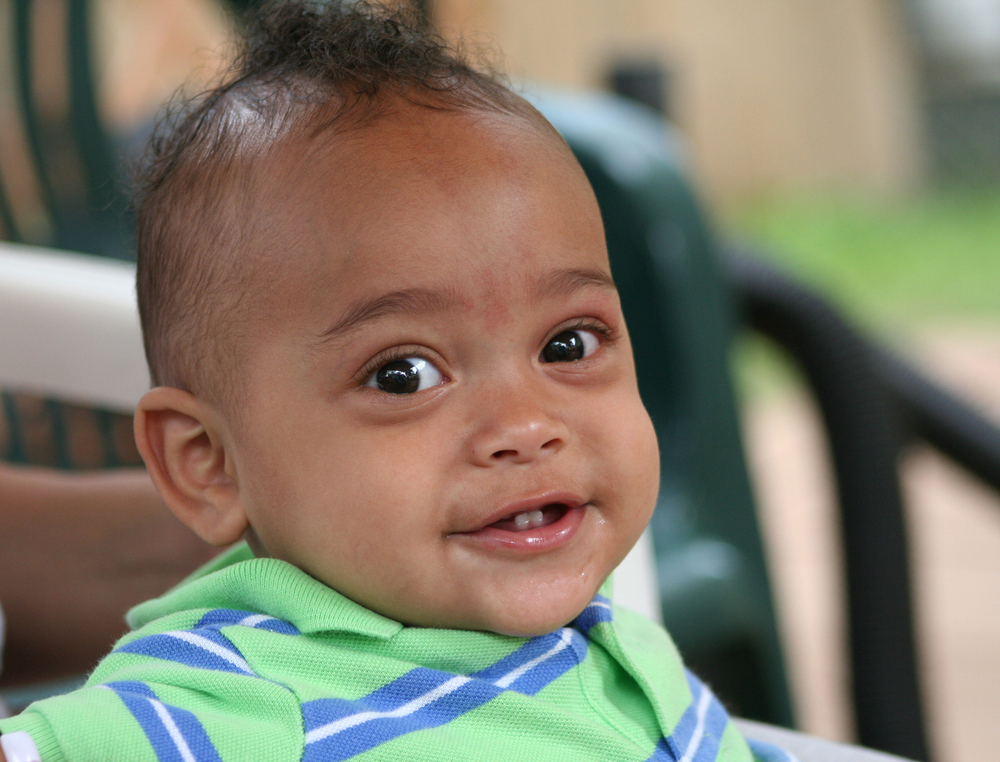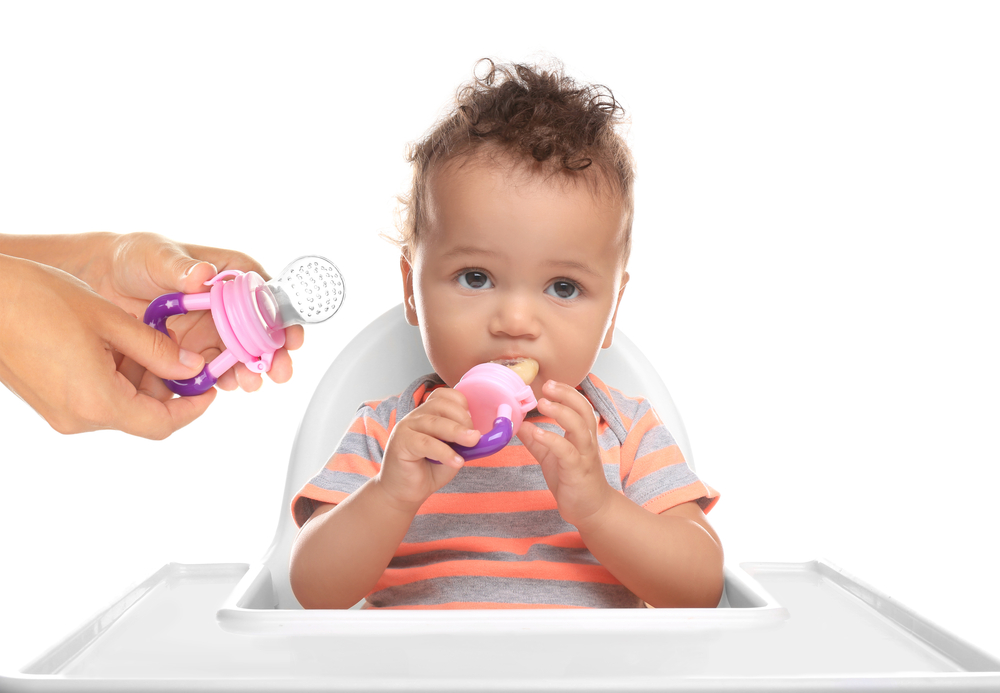Waiting for your baby to grow up requires a whole lot of patience. Yes, your little one has to go through every growth process until he or she becomes an adult. One of these growth processes is teething.
Teething, or teeth cutting, is formally known as tooth eruption.
It is the process by which your baby grows his/her first set of teeth. It is really a great milestone in your baby’s development. However, it is important to note that this process can be painful, really painful, not just for your baby, but for you also. Thankfully, the good news is that your baby does not get to grow all teeth at once, and with each set of eruptions, the pain reduces.

This article provides you with all that you need to know about teething: when it starts, the associated signs, what you can do to manage teething pain, and also when to see a doctor.
When Does Teething Start?
Here’s the fact: All babies are different.
As a result, there is no specific answer to the question of when teething actually starts. However, babies follow a particular pattern irrespective of when they eventually start teething. Knowing this pattern will help to put your mind at rest and stay comfortable during the process.
The teething process starts around 6 to 10 months of age. Although some babies can start a few weeks or months earlier, it may take others as long as 11 months to actually start teething. In fact, some babies are early teethers and start as early as the third month.
Furthermore, studies show that the age at which your baby starts teething also depends on your family history; that is the age you, your spouse, or your baby’s older siblings (if any) started teething.
Also, if your baby was a premmie, he/she may actually start teething later than usual. This is because studies show that premature babies are usually late teethers. See also primary dentition.
Steps of Teething
There are four types of teeth: incisors, canines, premolars, and molars.
Most times, your baby’s lower central incisors teeth (those cute lower front teeth) are the first to appear, and the rest follow this order:
- Lower central incisors
- Upper central incisors
- Upper lateral incisors
- Lower lateral incisors
- Upper first molars
- Lower first molars
- Upper canines
- Lower canines
- Lower second molars
- Upper second molars
The lower second molars should arrive between 23 to 31 months while the upper ones should appear between 25 to 33 months.
By the time your baby is about two or three years old, your baby should have developed about 20 teeth.

Signs of Teething
You would probably notice the symptoms of teething before you actually see teeth poking through your baby’s gum. Some of the common symptoms associated with teething include:
- Irritability
- Drooling
- Fussiness that comes for a short period and goes
- Mild fever (not above 101°F)
- Restless sleep
- Loss of appetite
- Rubbing the ear or cheeks
- Mild rash around the mouth as a result of drooling
- Chewing on objects especially the hands

Teething babies usually will not come down with a fever, cough, diarrhea, vomiting, rashes on the body, excess fussiness that lasts for a long period of time.
If your baby has any of these symptoms for an extended period of time, they are not likely to be the symptoms of teething so you would need to speak with your pediatrician.
However, some babies don’t have all these symptoms while they are teething. Your baby may go through the process almost seamlessly.
Managing Teething Pain
We understand that feeling when you can see your baby in pain, yet you’re clueless as to how you can help your baby relieve or get rid of the pain.
Fortunately, there are a number of safe remedies you can try at home to help your baby relieve pain and discomfort.
First, you can give your baby something to chew on. This helps to soothe the itching on the gums and also helps them to relieve the pressure of their teeth pushing up into their gums. However, you need to be cautious and make sure that whatever you are giving to your baby is big enough and does not contain small pieces that can easily make them choke. You can also opt for teething toys or create one at home.

Furthermore, you can create homemade teethers by wetting a washcloth and putting it in the freezer for about 30 minutes. This gives your baby something to gnaw on and the cold cloth can also soothe their sore gums.
Another option is the rubber teething rings. Avoid rings that are full of liquids or gel because your baby chomping on them can eventually break them and you really don’t want the liquid in your baby’s mouth.
Make sure you have plenty of bibs to clean your baby’s drool and soothing skin ointments too, as excessive drooling can lead to irritation and rashes.
You can also use an over-the-counter (OTC) drug to help your baby relieve pain if these home remedies are not working. Make sure you talk to your pediatrician before taking this step. OTC drugs should be used only for babies above six months and should be used in the right dosage.
When should you see a doctor?
It is recommended that you see a dentist when your baby cuts his or her first teeth or by the first birthday. Also, if your baby’s teething symptoms do not resolve or there are other associated symptoms, you should see a doctor.
Conclusion
Finally, it is really helpful to remember that teething is a natural process that is unique to every child. As your baby navigates through this special phase of teething, all you have to do is provide him/her with all the love and care in the world.
Everything is going to be fine, Mama.
References
Macknin, M. L., Piedmonte, M., Jacobs, J., & Skibinski, C. (2000). Symptoms associated with infant teething: a prospective study. Pediatrics, 105(4 Pt 1), 747–752. https://doi.org/10.1542/peds.105.4.747
Wake, M., Hesketh, K., & Lucas, J. (2000). Teething and tooth eruption in infants: A cohort study. Pediatrics, 106(6), 1374–1379. https://doi.org/10.1542/peds.106.6.1374

